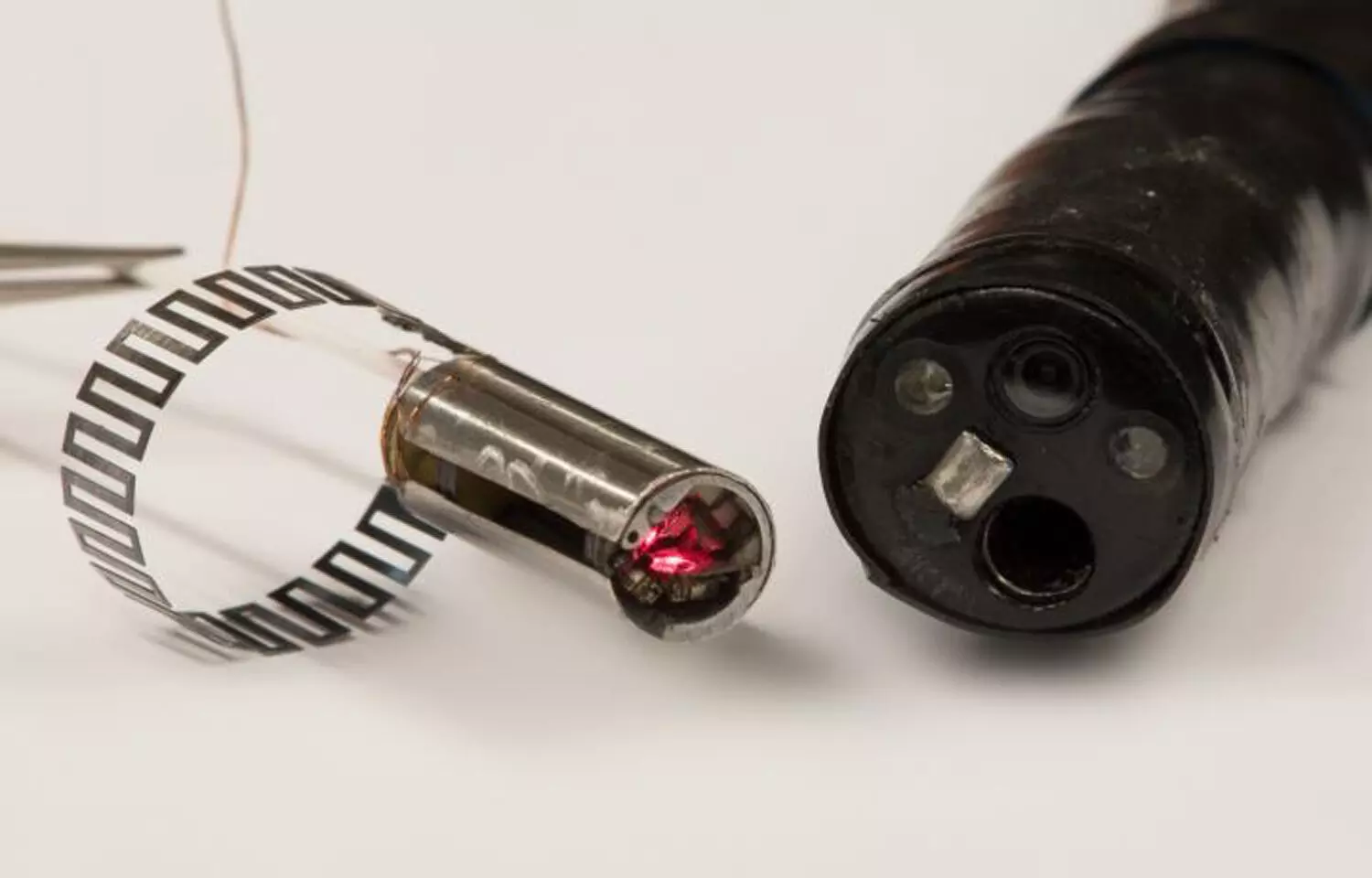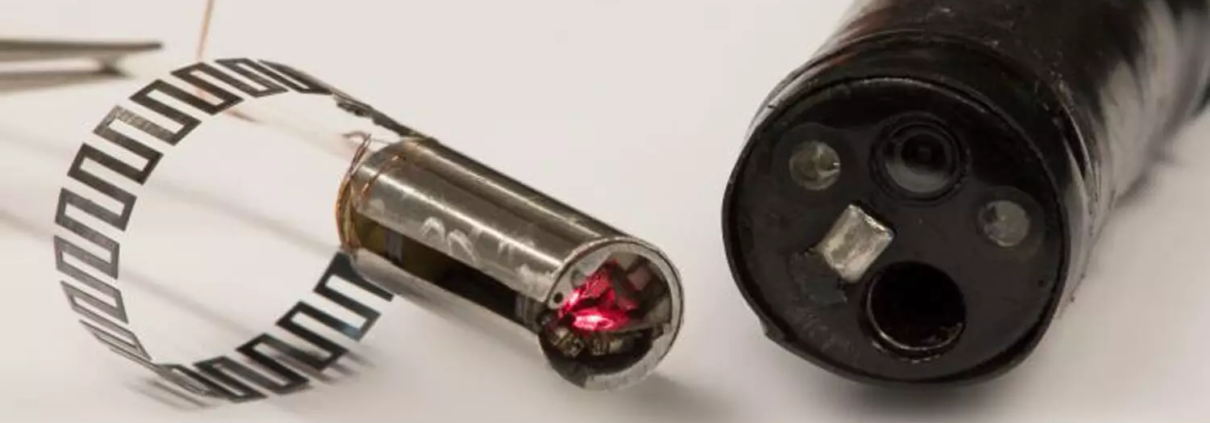Thulium fiber laser equally effective as holmium laser for benign prostatic obstruction, suggests study

A recent study demonstrated that thulium fiber laser (TFL) enucleation of the prostate (ThuFLEP) is just as effective as the current standard, holmium laser enucleation of the prostate (HoLEP), for treating benign prostatic obstruction (BPO). This significant finding offers a promising alternative for the patients who undergo prostate surgery, regardless of prostate size.
The study was conducted from October 2021 to October 2022 and involved a total of 150 male patients diagnosed with BPO. These patients were randomly assigned to undergo either the ThuFLEP or HoLEP procedure. The research adhered strictly to the CONSORT guidelines for randomized trials by ensuring robust and reliable results. The primary focus was to compare the improvement in symptoms and quality of life three months post-surgery. Secondary measures included evaluating complications, peak urine flow rate, residual urine volume, and the duration of the surgical procedure.
The patients who underwent ThuFLEP and HoLEP procedures underwent remarkable improvements in their symptoms. The International Prostate Symptom Score (IPSS) which gauges the severity of symptoms, dropped from an average of 21 to 8. Quality of life scores also improved significantly, from 4 to 1.5 which indicated substantial relief and patient satisfaction post-treatment.
A detailed analysis revealed no significant differences between the two groups in the primary outcomes. The median postoperative IPSS was 8.5 for the ThuFLEP group and 7 for the HoLEP group, while the quality of life scores were 1 for ThuFLEP and 2 for HoLEP. Both differences were statistically insignificant that reinforced the non-inferiority of ThuFLEP.
The safety profile of the ThuFLEP procedure was comparable to that of HoLEP. The rate of major complications was nearly identical, with 5.3% for ThuFLEP and 5.4% for HoLEP. Also, the laser hemostasis times were close which averaged 3 minutes for ThuFLEP and 2 minutes for HoLEP. Use of additional electric coagulation was slightly lower in the ThuFLEP group (74% vs. 87%), although this difference was not statistically significant.
Other secondary outcomes, such as peak urine flow and residual urine volume, also showed no significant differences. The patients in both groups demonstrated similar improvements which further validated the efficacy of ThuFLEP. Overall, the results of this study highlight ThuFLEP as a critical and effective alternative to HoLEP for treating BPO. With comparable improvements in symptoms, quality of life and a similar safety profile, ThuFLEP stands out as a promising new option for patients.
Source:
Kosiba, M., Filzmayer, M., Welte, M. N., Hügenell, L., Keller, A. C., Traumann, M. I., Müller, M. J., Kluth, L. A., Mandel, P. C., Chun, F. K.-H., & Becker, A. (2024). Thulium fiber laser vs. holmium laser enucleation of the prostate: results of a prospective randomized non-inferiority trial. In World Journal of Urology (Vol. 42, Issue 1). Springer Science and Business Media LLC. https://doi.org/10.1007/s00345-023-04748-7



